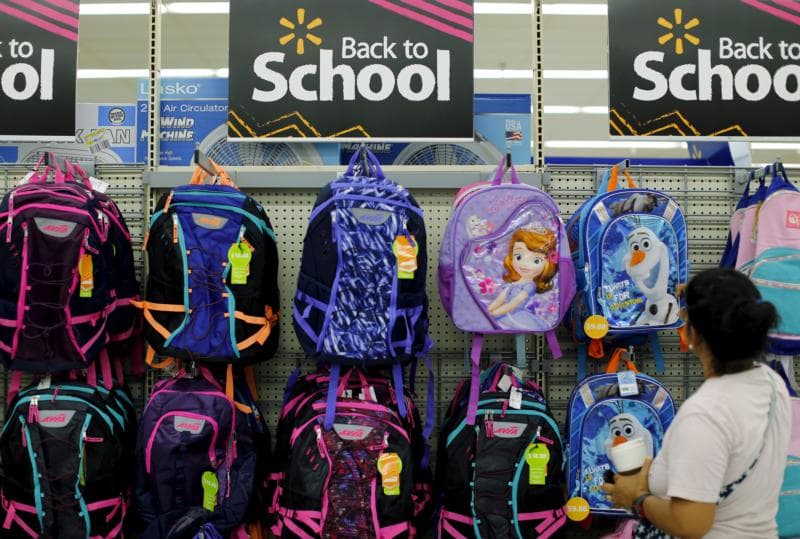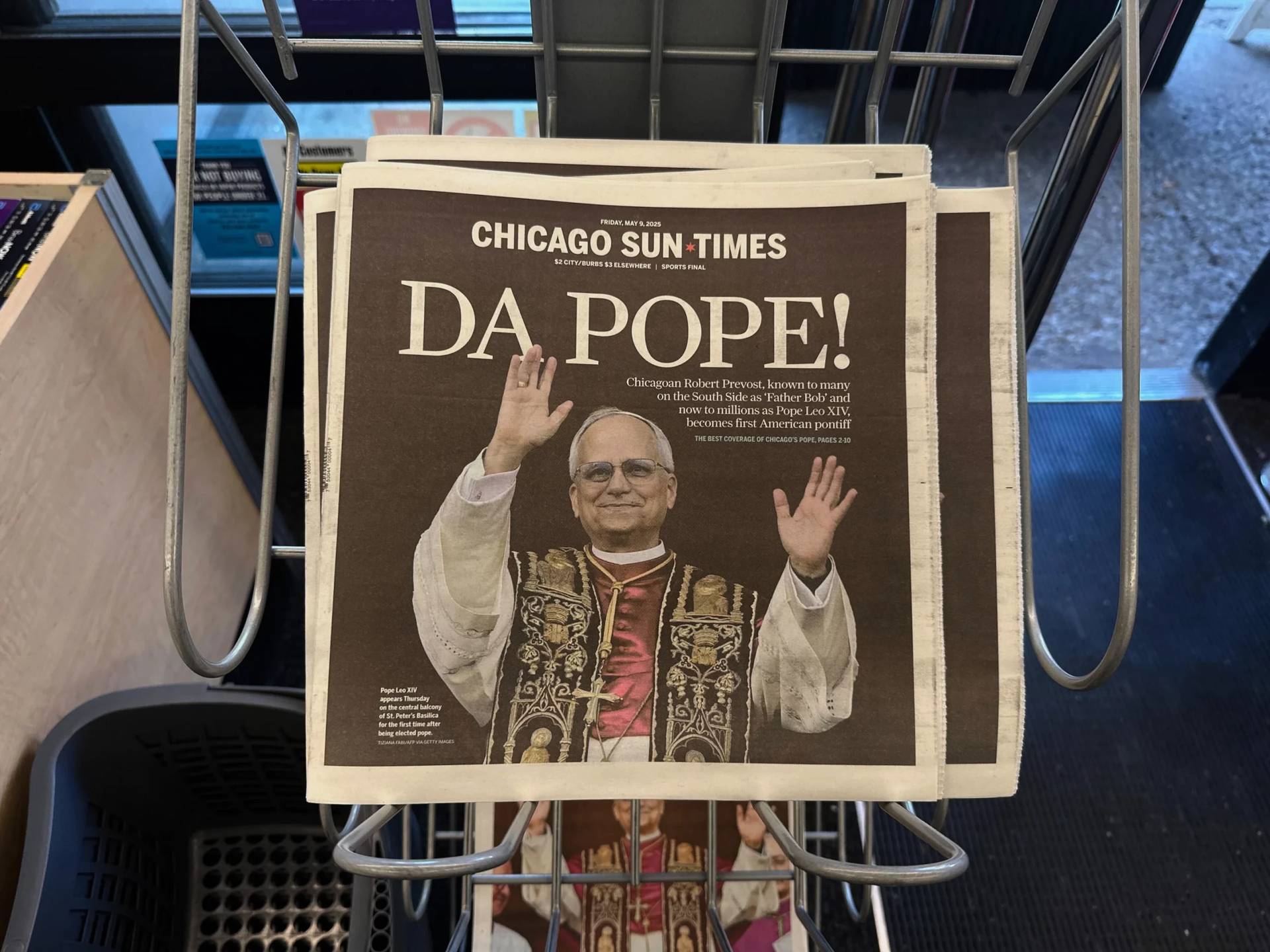SOUTH BEND, Indiana— The calendar may say August, but Catholic schools across the country are still facing various levels of uncertainty as they attempt to resume face-to-face learning amidst the COVID-19 pandemic.
While some of the nation’s largest public school districts have already announced their plans to move the semester online, many Catholic schools are relying on their relatively small size and established communities to reopen for in-person instruction.
The debate over whether schools should open has been a fierce one across the country. Some politicians and health leaders are urging students to stay home, arguing that face-to-face learning poses an unnecessary risk to public safety. But others — including the Trump administration — have advocated for the reopening of schools, citing the importance of live human interaction to child development.
Much of the decision to reopen schools depends on geography, due to a sharp disparity in how states are handling the crisis. The Center for Disease Control and Prevention has released guidelines for schools to reopen in areas where virus transmission rates are relatively low.
But even the CDC’s guidance notes the science around reopening schools remains murky. A recent study by Lurie’s Children Hospital of Chicago ignited concerns when it found that children under 5 years old can carry the coronavirus at a rate 100 times higher than an adult. Other studies, though, have found that transmission primarily occurs between adults.
The uncertainty has led some jurisdictions to move beyond the closure of public schools and order private schools to go online as well, thereby affecting Catholic schools.
Earlier this month, officials in Montgomery County, Maryland, ordered all schools to teach online until Oct. 1. The directive was soon undone by Gov. Larry Hogan, who said the order didn’t offer private schools the same flexibility as public schools. The Archdiocese of Washington — which covers Montgomery County — has not announced its reopening plan yet, but praised the governor’s move in a statement.
In most places, though, Catholic schools are working with public health officials to plan their reopening efforts.
The Archdiocese of Baltimore worked with local leaders while formulating their plan to reopen schools, which was released last month. While the amount of face-to-face learning for each student might vary among the archdiocese’s 44 schools, students will spend at least part of their time in the classroom, said Chancellor of Education James Sellinger.
In much of Maryland, meanwhile, public schools have announced their decision to remain online for the beginning of the semester. As a result, Sellinger said the archdiocese has been flooded with applications from parents who want their children to experience face-to-face learning this semester.
“We are seeing an increased interest. That’s not the objective here,” he said.
Instead, the objective is to offer students the healthiest experience possible. While that takes into consideration the threat of COVID-19, it also accounts for the benefits of face-to-face education over remote learning, Sellinger said.
Students who do not feel comfortable attending school, or cannot on a certain day because of capacity limits, will still be able to tune into their class online, after the archdiocese installed cameras in all its classrooms this summer. School officials also used the vacation to train teachers for both remote and in-person students.
In some places, Catholic schools are exploring alternative ways to offer online learning where face-to-face instruction is not possible. While schools can adapt their normal curriculum from scratch, some are looking to pre-made lesson plans and materials to educate their students.
In such a scenario, a company would provide schools with videos and other media to teach the necessary content, but in a way that’s meant to be taught online. That’s what K12, a D.C.-based online educational services provider, is hoping schools choose to do if face-to-face learning is not possible.
“The mistake that a lot of schools do is they try and do this on their own,” said Jeffrey Kwitowski, the senior vice president of public affairs at K12. “They try to build something that’s already been built.”
But in Baltimore, Sellinger feels confident that the archdiocese can pull off a safe semester by following CDC guidelines. Still, he said the archdiocese would consider moving fully to remote learning if the situation worsens.
“The first and foremost goal here is the health of our students and staff,” he said. “A lot of people are concerned, but a lot of parents want their kids back in school. That’s why we’re being accommodating.”

















